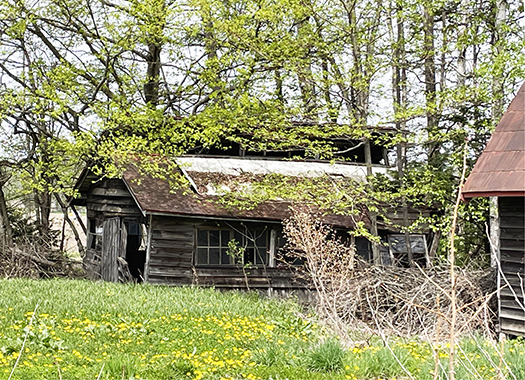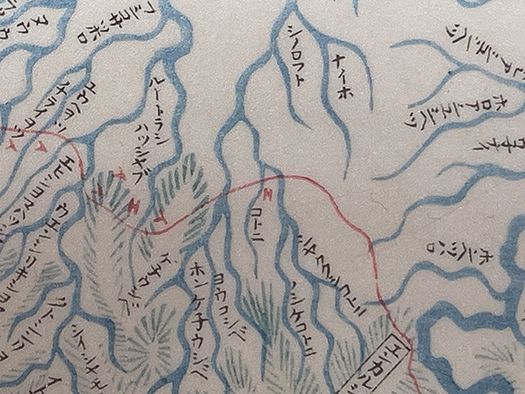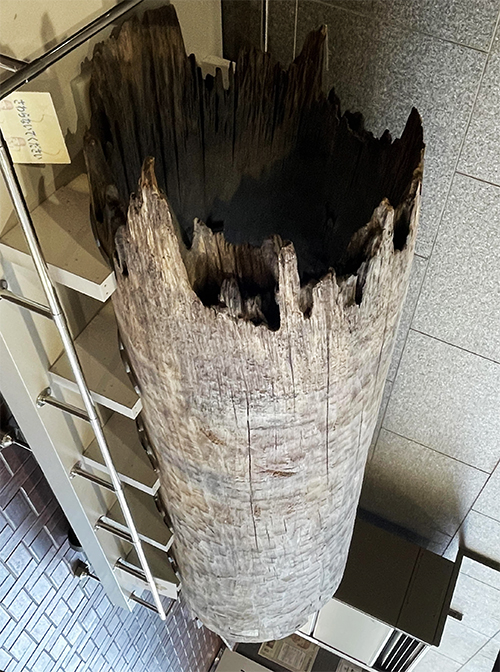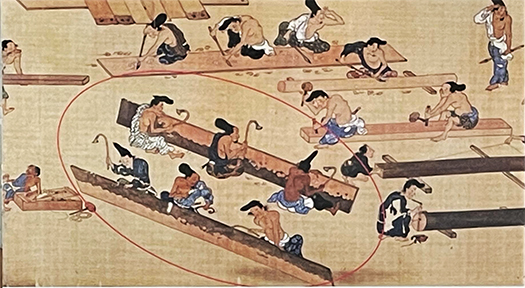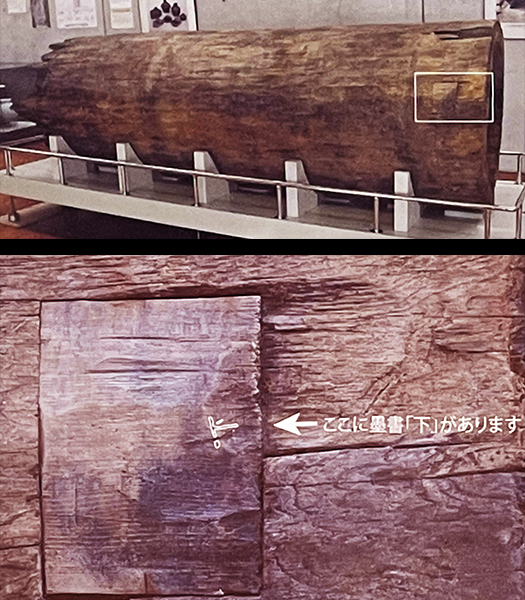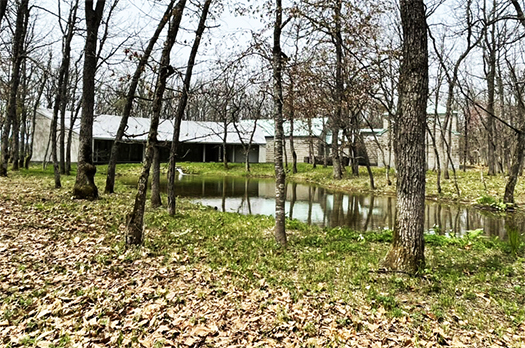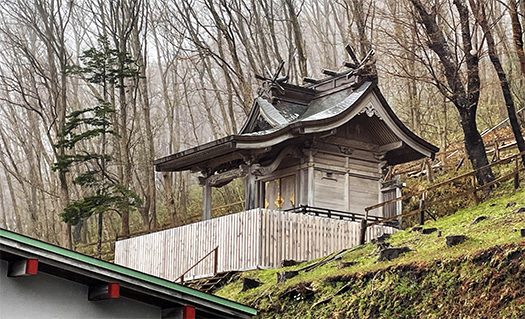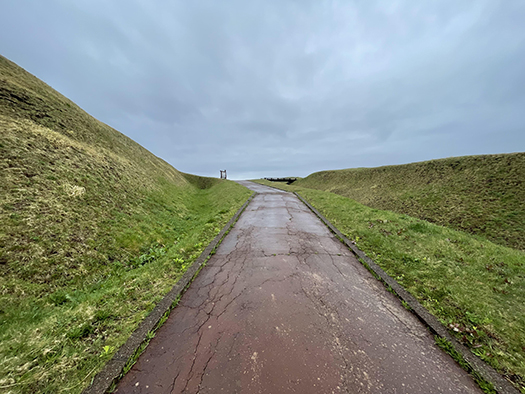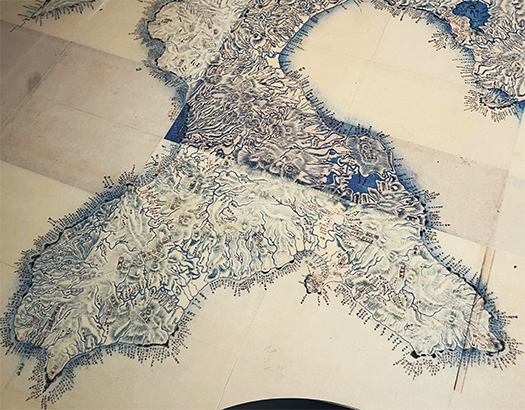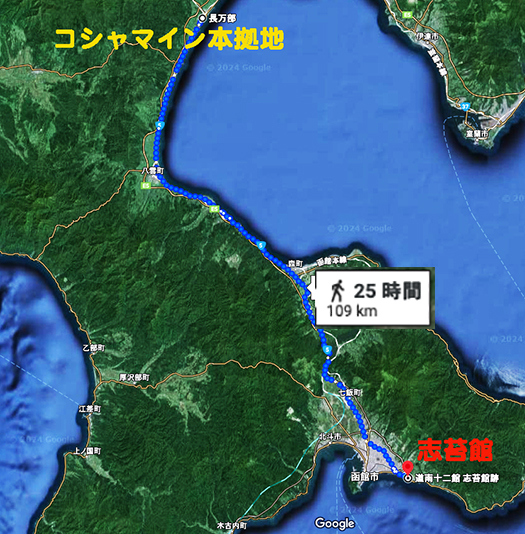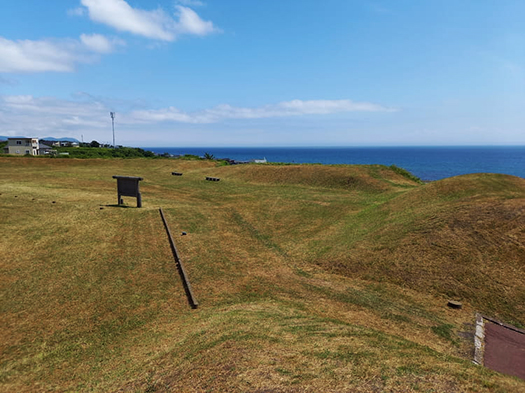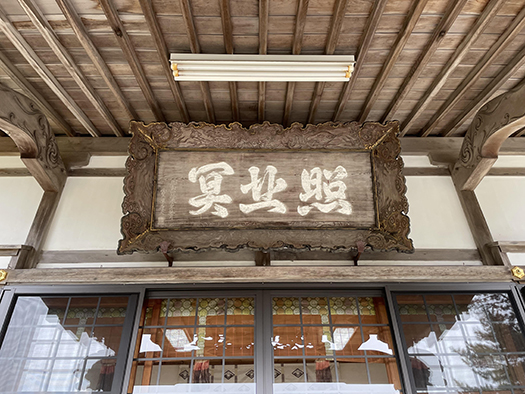
iPhoneの写真機能がどんどん高度化してきて、専用カメラをあんまり使わなくなってきた。画像解像度もそこそこ高度化してきているので、一般的な「説明」用写真としてのレベルは確保される。
わざわざ専用用途としての機器、デジカメを持参しなくてもスマホで十分になってきて、わたしの場合には「取材行動範囲」設定が非常に自由になってきている。撮影専用のカメラを意識しなくてもいいというのは、たぶん多くの人にも意識変化をもたらしてきているでしょうね。やはり現代のデジタル革命の中心に、スマホとその出撃基地としてのパソコンという強い「連携」があるのでしょう。
ただし、恥ずかしながら上の写真はひとつの「限界」を示してもくれている(泣)。
やはりこういう自然の美の一瞬には十分に対応できていない。
こういった高精細が要求される画面ショットを狙うのであれば、やはり専用のカメラが絶対に必要なのでしょうね。ただし、それはそれで「一瞬の美」に対して、設定チャンスを逃さないという事前準備が不可欠になってくる。まぁ、一般人としてはこの写真程度の表現力でやむを得ないのでしょうね。
最近カミさんと自然のなかを歩く機会が増えてきて、っていうか、わたしは毎朝の散歩を始め、とにかく歩きまわって興味分野の「取材」行脚が、習い性になっているのだけれど、ようやく彼女も仕事の強い束縛からすこし自由になってきて、外出できる機会が増えてきたということかと。
で、「最近、すごく奇妙な鳴き声の鳥たちとたくさん出会うんだけど、どうよ?」みたいに問いかけられています。わたしにはそういう自然探究型の興味はまったくなく、「あ、いい声の鳥だなぁ」くらいしか感想がありません。まったく「ぼーっ」と過ごしている(笑)。
しかしいろいろな地域で、その土地の森や林のなかを歩くと、さまざまな鳥たちがまるで交響曲のようにさえずりを聞かせてくれる。北海道では花見が過ぎたら、一気に春から初夏の季節感がやってきて、その交響楽がすばらしくパワーアップしてくる。
そういうなかで散歩していると双眼鏡を持った方と遭遇して「あの鳥はなんでしょうね?」とよく聞かれるように思う。人からなんとなく「もの問いたげ」に思われるのはありがたいのですが、あいにくそういう知識はきれいサッパリない。「申し訳ありません、いい鳴き声ですね」くらいしか返答できないのですね。う〜む、日本野鳥の会にでも入会しなければならないか(笑)。
さていろいろな新分野の準備作業が本格化してきて、目はやや充血っぽくなってくる。きょうもまた、そういう目のメンテナンスの意味で散歩を楽しんで参ります。
English version⬇
Kaoru Wakaba’s Eye Candy and Exploration of “New Fields” in a Few Months
I often work with photographs because of my job, and when I get tense, my eyes become bloodshot. Birds heal me when I am in nature. I am a bird lover.
The iPhone’s photo functionality is becoming more and more advanced, and I don’t use the dedicated camera as much as I used to. The resolution of images is also becoming more advanced, so the level of photos for general “explanatory” purposes can be ensured.
I don’t have to bring a digital camera, but a smartphone is sufficient, and I can set my “coverage area” very freely. Not having to be aware of the need for a dedicated camera for photography has probably brought about a change in consciousness among many people. After all, at the center of the modern digital revolution is the “linkage” of the smartphone and the computer as its launching pad.
However, I am ashamed to admit that the above photo also shows one of the “limitations” of the digital revolution.
After all, it does not adequately respond to these moments of natural beauty.
If you are aiming for screen shots that require this kind of high definition, then I guess a dedicated camera is absolutely necessary. However, that would make it essential to prepare in advance for the “beauty of the moment” by not missing the chance to set it up. Well, as an ordinary person, I guess I have no choice but to use this level of photographic expression.
Recently, my wife and I have been having more and more opportunities to walk in nature, or rather, I have been taking a walk every morning and walking around to “cover” areas of interest, which has become a habit of mine.
She asked me, “Lately, I’ve been encountering a lot of birds with very strange sounds. I am being asked questions like that. I have no interest in this type of exploration of nature, and all I can say is, “Oh, that’s a nice-sounding bird. I am totally “absentminded” (laughs).
However, when I walk through the forests and woodlands of various regions, I hear a variety of birds chirping like a symphony. In Hokkaido, after the cherry-blossom viewing season has passed, spring and early summer arrive at once, and the symphony is wonderfully enhanced.
When I take a walk in such a situation, I often encounter people with binoculars and ask them, “What is that bird? I am often asked, “What is that bird? I appreciate the fact that people look at me as if I am asking a question, but I have no such knowledge at all. I can only reply, “I’m sorry, but it’s a nice sound. I should join the Wild Bird Society of Japan (laugh).
Now the various preparatory work is in full swing, and my eyes are starting to look a little bloodshot. I will enjoy my walk again today in the sense of such eye maintenance.
Posted on 5月 15th, 2024 by 三木 奎吾
Filed under: 日本社会・文化研究 | No Comments »






